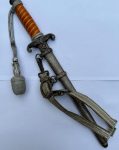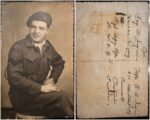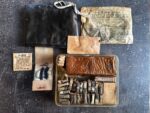The kitbag of Lieutenant Colonel William Abram Capelle
This post is also available in:
 Nederlands
Nederlands
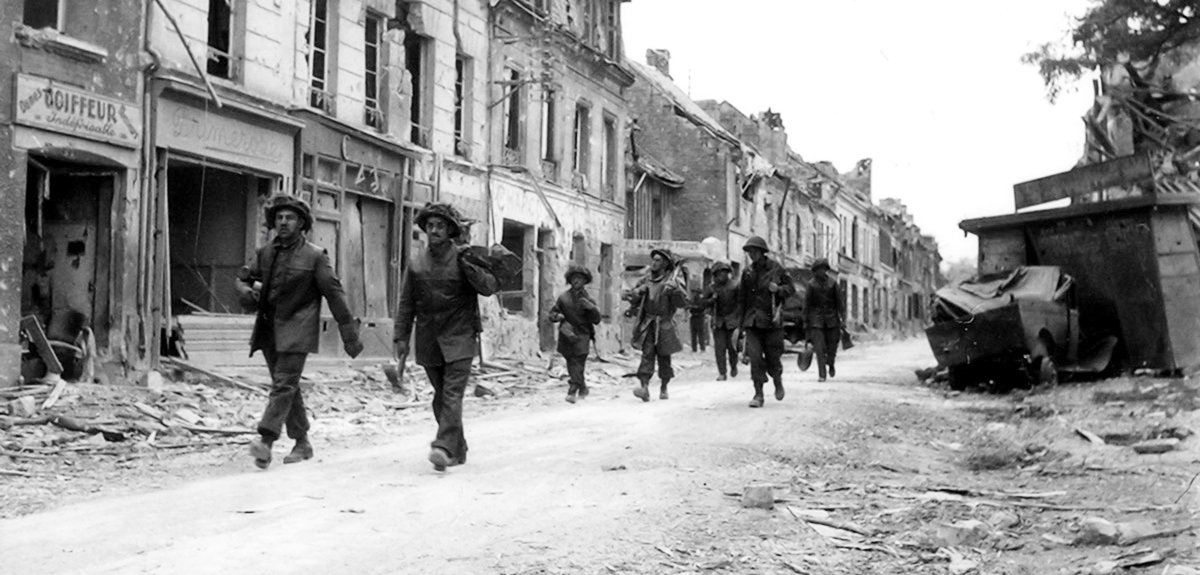
Sometimes, historical research begins with nothing more than a name on a canvas bag. An online purchase—dismissed by the seller as a mere mail sack—turned out, upon arrival, to be a Canadian kitbag.
This large, cylindrical bag made of sturdy canvas was used to carry personal belongings, clothing, and field gear. Each kitbag typically bore the name and service number of its owner and accompanied them from military bases to the front lines. On this particular bag, faint but still legible, was the name: Lt.-Col. W.A.C. Capelle. That one detail was enough to spark my curiosity.
Lt. Col. William Abram Capelle
After extensive online research, I discovered that the bag had once belonged to Lt. Col. William Abram Capelle, a Canadian engineer officer who played a significant role in the Allied advance through Western Europe during the Second World War. William Abram Capelle was born on February 12, 1905, in Renfrew, Ontario, Canada. As a career officer, he served with the Corps of Royal Canadian Engineers even before the war. During the Second World War, he was commanding officer of the 2nd Canadian Field Park Company, RCE, and later held the same position with the 9th Canadian Field Park Company (Canadian Royal Engineers), part of the First Canadian Army Corps. Capelle was involved in several major operations in Northwest Europe, including the Battle of Caen, the advance toward Deventer, and the construction of a Bailey bridge near Zutphen.
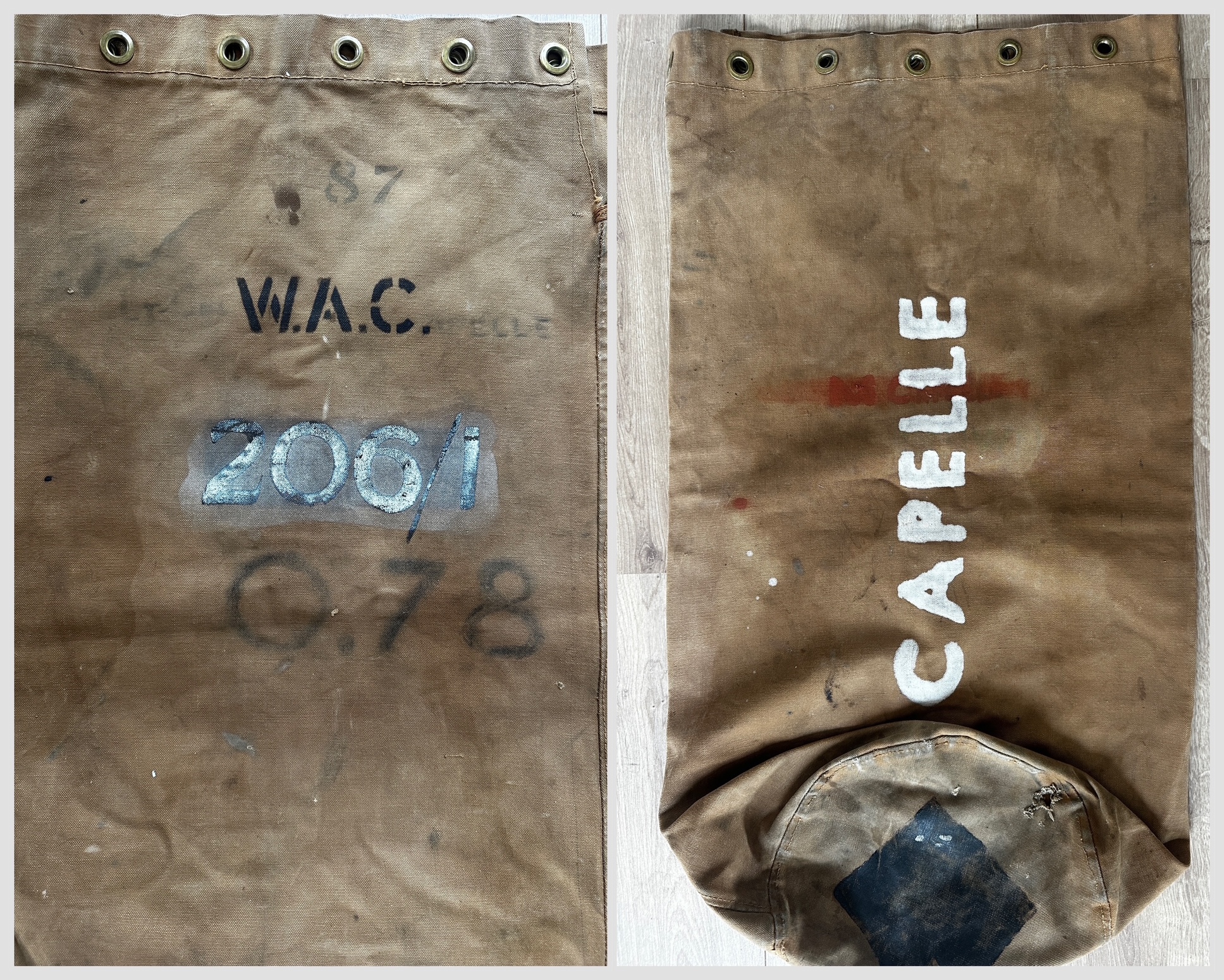
The kitbag of Lieutenant Colonel William Abram Capelle.
Croix de Guerre avec Palme
For his outstanding service, Capelle was awarded the Croix de Guerre avec Palme by the French government on April 4, 1947. He received this decoration for his achievements in August 1944 during the liberation of the heavily damaged city of Caen. Due to intense fighting and the destruction of the road network, free movement of traffic had become impossible. An emergency road was urgently needed to support the Allied advance. Lt.-Col. Capelle, then commanding his own battalion and five other engineer units, managed to construct four miles of paved road in just three weeks—despite numerous logistical and technical challenges. His “keenness and capable handling” were explicitly mentioned in the official citation. The Palm on his Croix de Guerre indicates a mention in divisional orders—recognition of his leadership and impact on the battlefield.
 Historical book 2nd Battalion R.C.E.
Historical book 2nd Battalion R.C.E.
A group photo from the historical book of the 2nd Battalion R.C.E. shows Lt. Col. Capelle seated prominently in a light-colored uniform, surrounded by his men, with the Union Jack in the background. The image reflects not only his rank but also his bond with the soldiers he worked alongside every day. He passed away on August 10, 1973, in Ottawa, Ontario.



